|
ID |
Nickname |
Country / City |
Languages |
Taxonomies |
Comment |
Project / Group |
Map |

|
108709
|
Ticiana Sprok
|
Hungary
Diósjenő
|
|
|
Strolling along the street in a city, I saw a sign with directions in two languages: Hungarian, and Slovakian. The multilingual sign brought back the memory of how language can open up to accessibility and inclusivity. Having grown up in a multicultural environment myself, I experienced how language barriers shut communities off. The use multiple languages in public places not only takes precedence toward diverse populations but affirms their presence. This sign reminded me that linguistic diversity should be treated as something very positive and not as a challenge. It is multilingualism that brings people closer ad relates them to one another.
|
Multilingual Hawaiʻi
|
|

|
108710
|
Ticiana Sprok
|
Kuwait
Hawally
|
|
|
In a diversified neighborhood, I saw a storefront with Arabic and English signage. What caught my attention in particular was the dual-language sign that triggered these thoughts: business ventures are responsive to the needs of their community. Having grown up in an area with a rich tapestry of cultures and languages, I appreciate how multilingual signs foster inclusivity. They give a sense of belonging and an opportunity for recognition to those who might otherwise be excluded. After all, this has been an experience that really puts to the test my understanding that language use in public spaces is not about information alone but also respect and recognition toward cultural identity.
|
Multilingual Hawaiʻi
|
|

|
108711
|
Ticiana Sprok
|
Hungary
Budapest
|
|
|
The other day, while sitting on the tram, I came across a public transport announcement system that switched from Hungarian to English. This was one such incident when I began to realize just how multilingualism is increasingly recognized in public places, accommodating diverse populations. It makes me reflect how these multilingual announcements are important to let everybody move around the city in comfort. Raised with multiple languages, I was constantly made to realize the value of being able to understand and be understood. Through these announcements, it really underlined how much access to language can add to public services and to the inclusivity of a city.
|
Multilingual Hawaiʻi
|
|
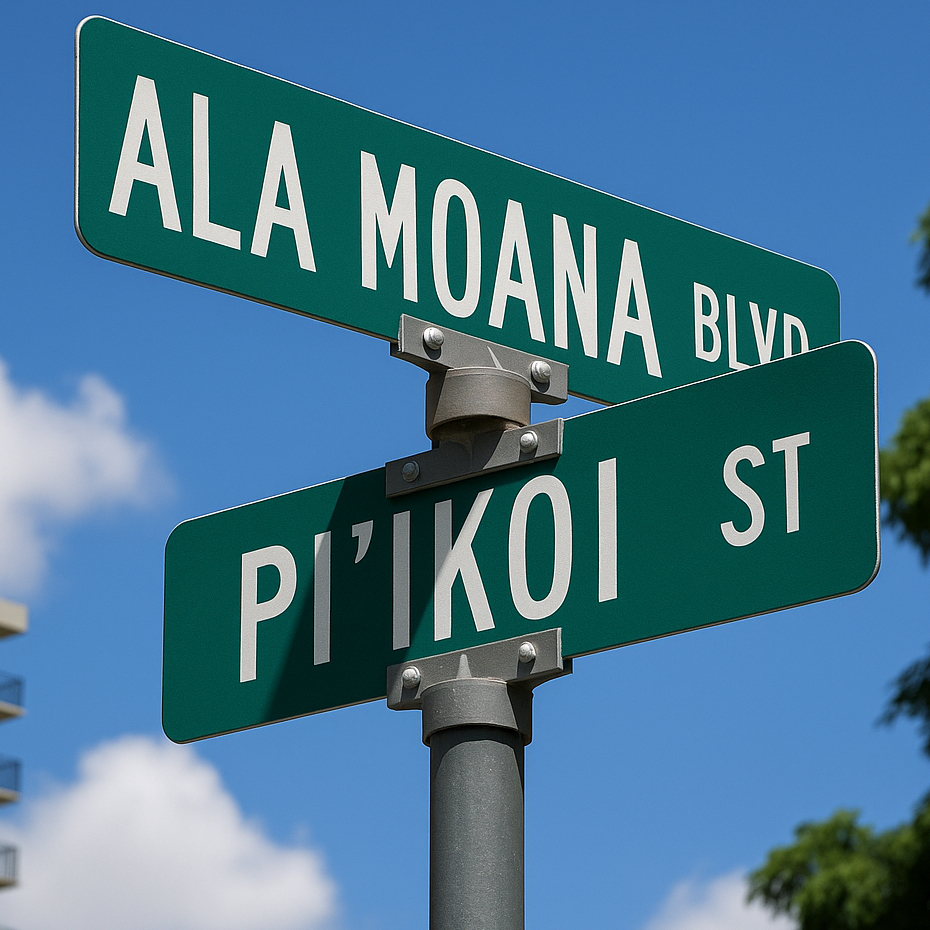
|
135663
|
Solo
|
United States
Honolulu
|
|
|
—
|
Multilingual Hawaiʻi
|
|
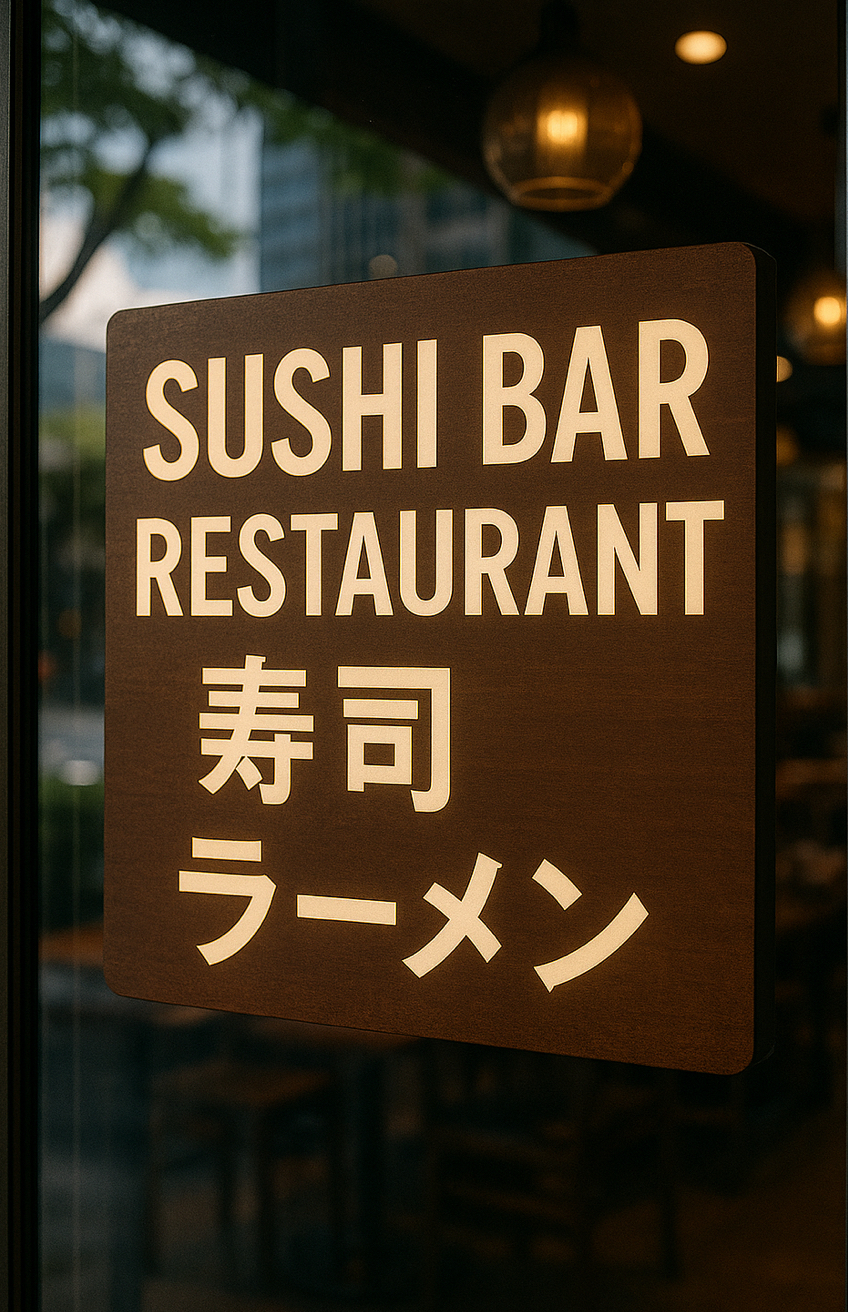
|
135664
|
Solo
|
United States
Honolulu
|
|
|
—
|
Multilingual Hawaiʻi
|
|
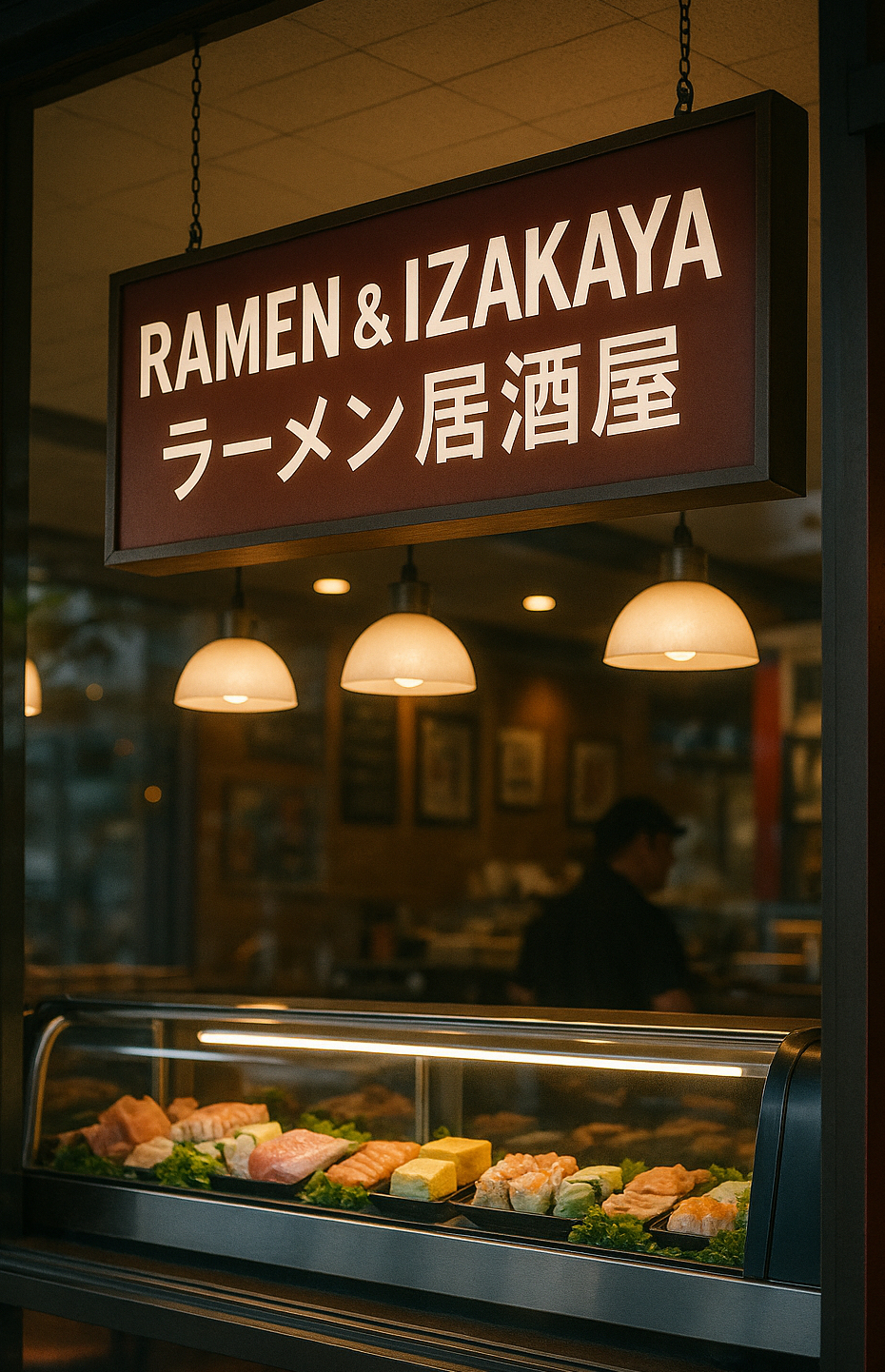
|
135665
|
Solo
|
United States
Honolulu
|
|
|
—
|
Multilingual Hawaiʻi
|
|

|
108707
|
ryansunada
|
United States
New York
|
|
|
—
|
Multilingual Hawaiʻi
|
|

|
108708
|
ryansunada
|
France
Paris
|
|
|
—
|
Multilingual Hawaiʻi
|
|

|
108712
|
ryansunada
|
United States
Honolulu
|
|
|
—
|
Multilingual Hawaiʻi
|
|

|
148858
|
ronaleid
|
United States
Waimalu
|
|
|
The newly opened Kalauao, Pearlridge rail station represents how multilingualism is woven into everyday life in Hawai’i. Seeing Hawaiian place names displayed prominently alongside English reminds me that movement through the islands is also movement through layered histories and languages. As I commute from Kalauao to Lagoon Drive (Āhua) and transfer to the bus to reach school, I am constantly navigating these linguistic landscapes and becoming more conscious of the stories they carry. This daily journey makes me more aware of how public infrastructure can honor Indigenous language, promote accessibility, and reinforce the cultural identity of Hawai’i’s communities in meaningful, visible ways.
|
Multilingual Hawaiʻi
|
|
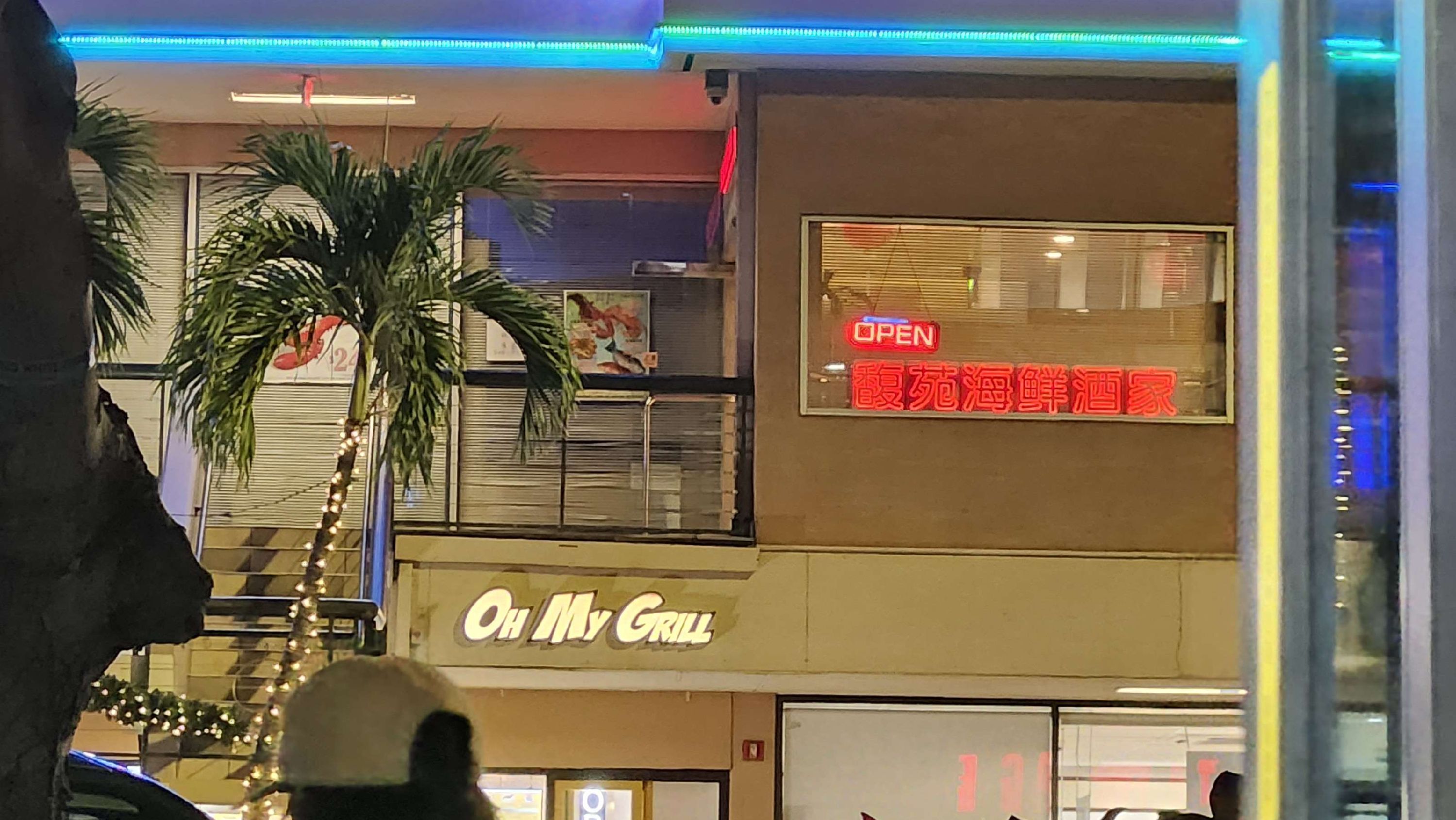
|
148859
|
ronaleid
|
United States
Honolulu
|
|
|
This photo of the Chinese signage at Fook Yuen Seafood Restaurant, one of my favorite places to eat, reminds me of how multilingualism shapes everyday life in Hawai’i. The bright Chinese characters feel familiar and comforting, signaling a cultural presence that has long been part of our islands. Seeing this signage alongside English storefronts reflects the coexistence of immigrant histories and local identity in shared public spaces. For me, dining here is more than enjoying good food, it’s a reminder of how language preserves heritage, builds community, and keeps cultural traditions visible. It shows how multilingual spaces quietly enrich Hawai’i’s urban landscape.
|
Multilingual Hawaiʻi
|
|
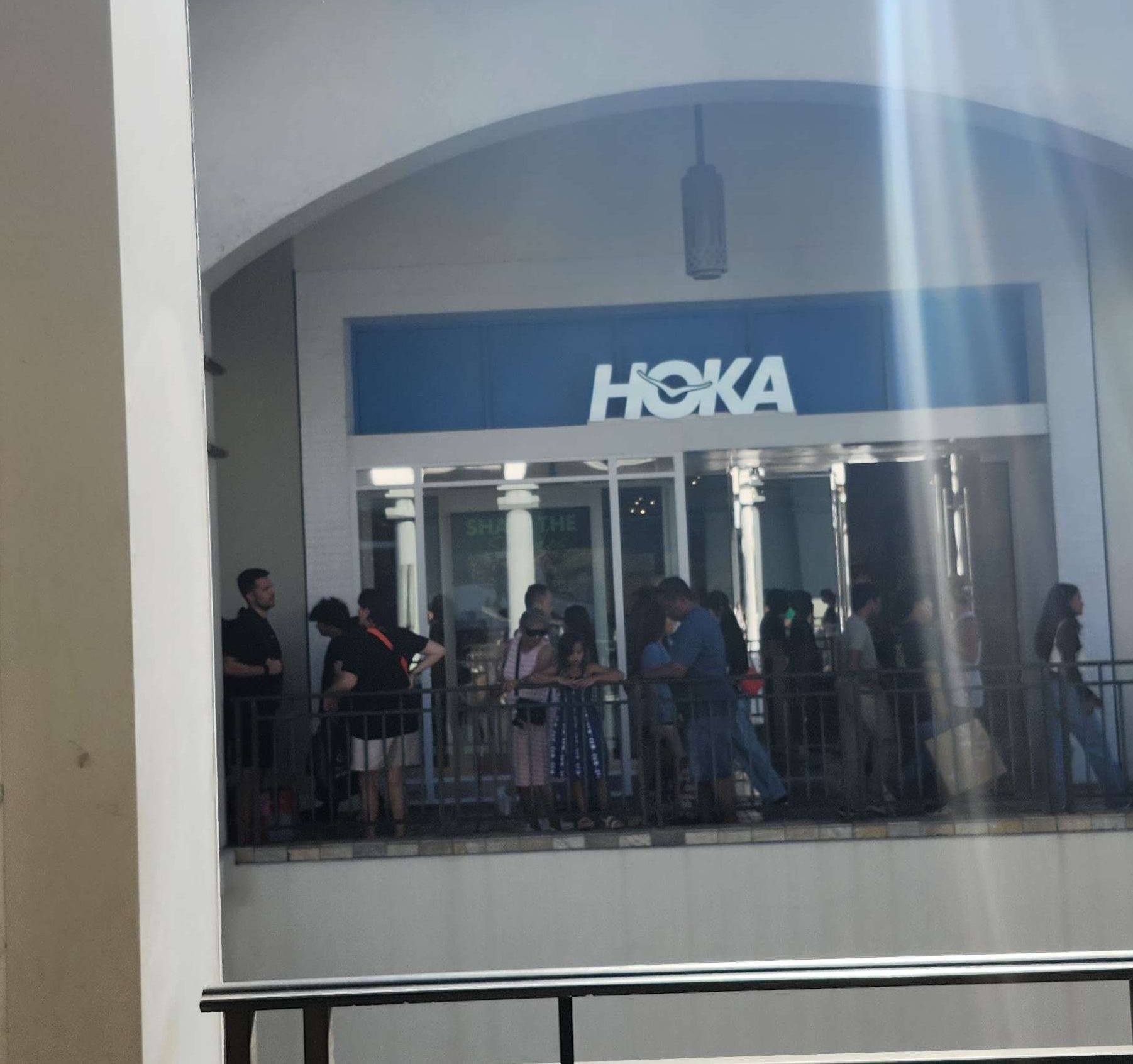
|
148860
|
ronaleid
|
United States
Honolulu
|
|
|
Seeing the HOKA store signage at Ala Moana reminded me of how global languages and cultural meaning flows through everyday spaces in Hawai’i. Hoka means “to fly” in Māori, and the bird embedded in the “O” symbolizes movement, freedom, and uplift, ideas that resonate strongly in an island context. Even in a commercial setting, this small linguistic detail carries cultural significance and reflects how Indigenous languages from across the Pacific appear in our public landscape. Standing in line outside the store, I became more aware of how multilingual branding connects communities, introduces shared symbolism, and adds depth to our shopping environment.
|
Multilingual Hawaiʻi
|
|
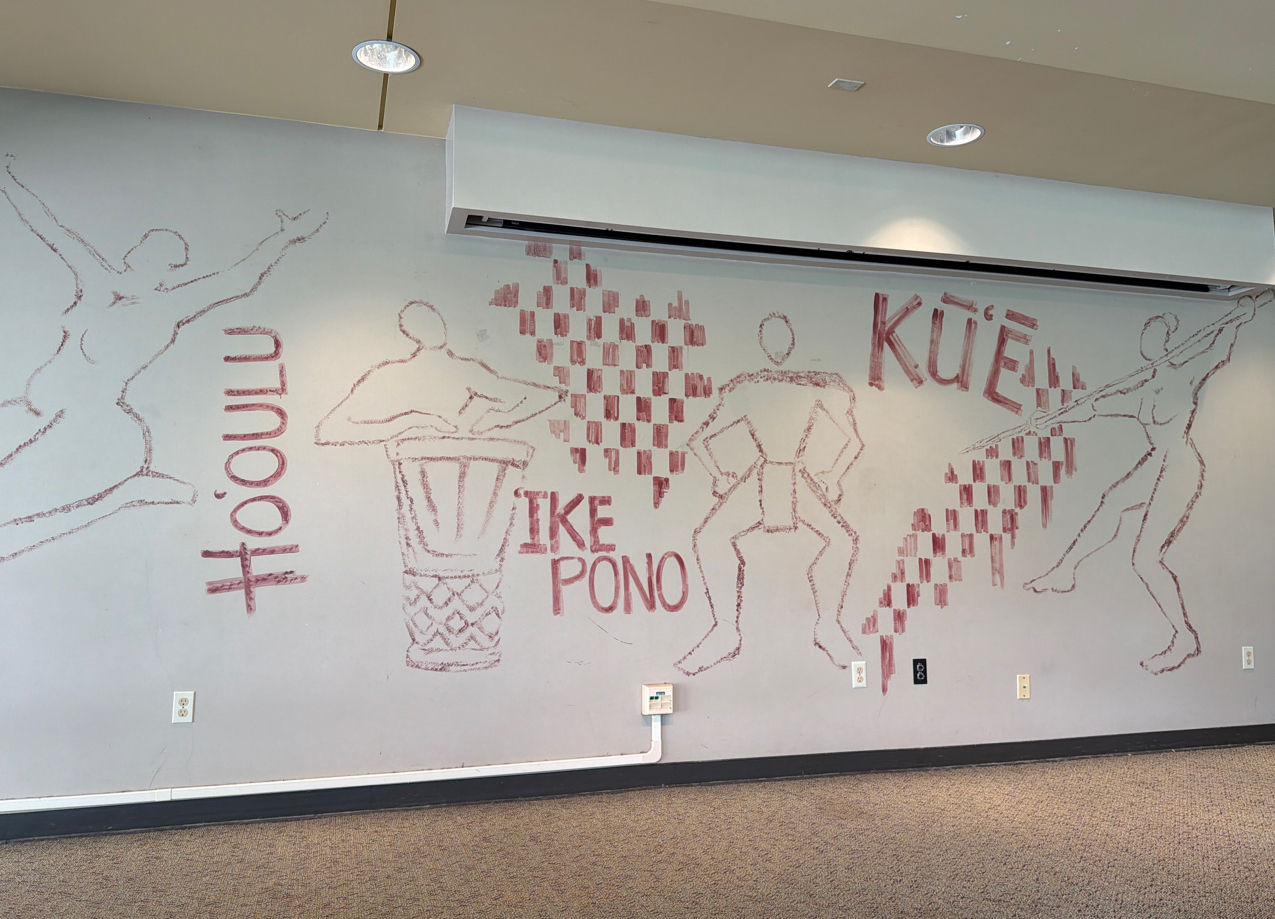
|
147910
|
remy
|
United States
Honolulu
|
|
|
‘Ōlelo Hawai’i
|
Multilingual Hawaiʻi
|
|
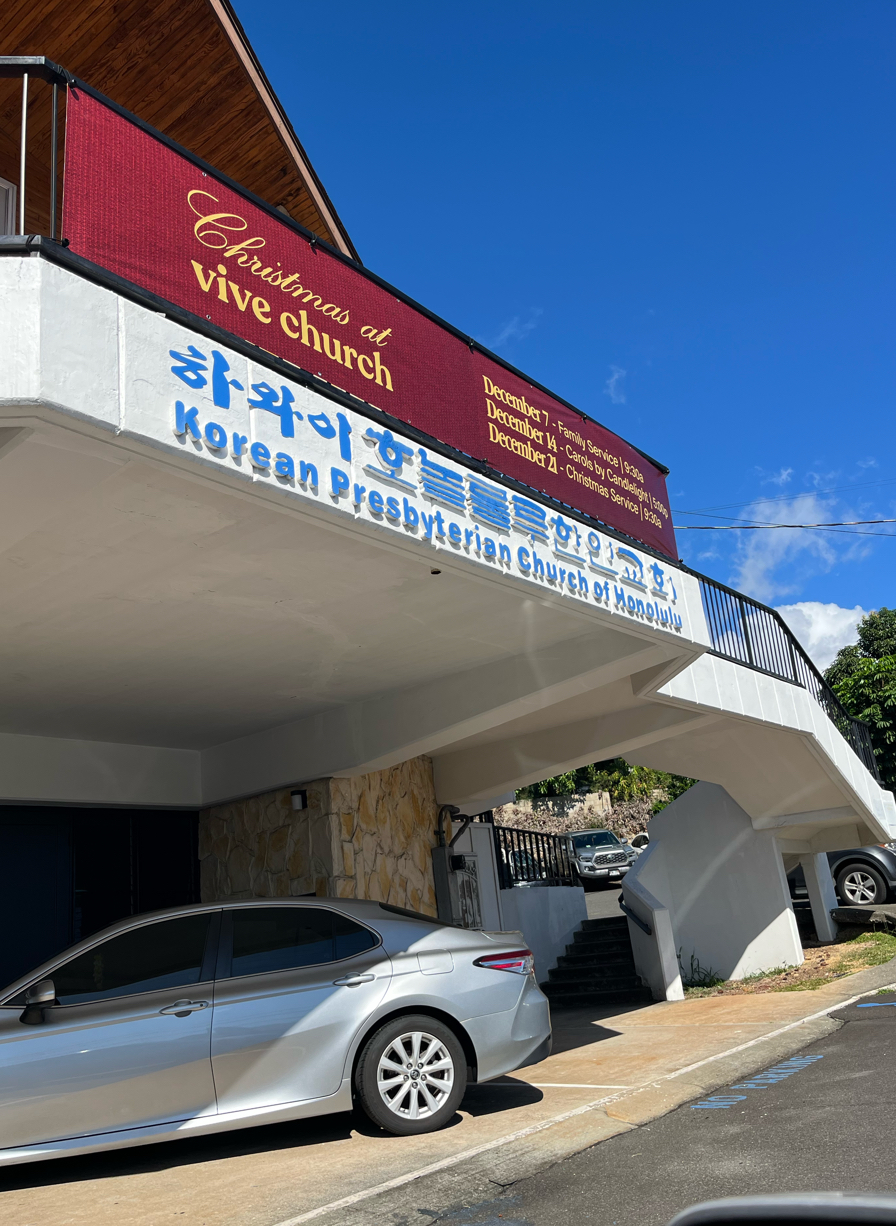
|
148940
|
Nicole P
|
United States
Honolulu
|
|
|
—
|
Multilingual Hawaiʻi
|
|

|
148941
|
Nicole P
|
United States
Honolulu
|
|
|
—
|
Multilingual Hawaiʻi
|
|
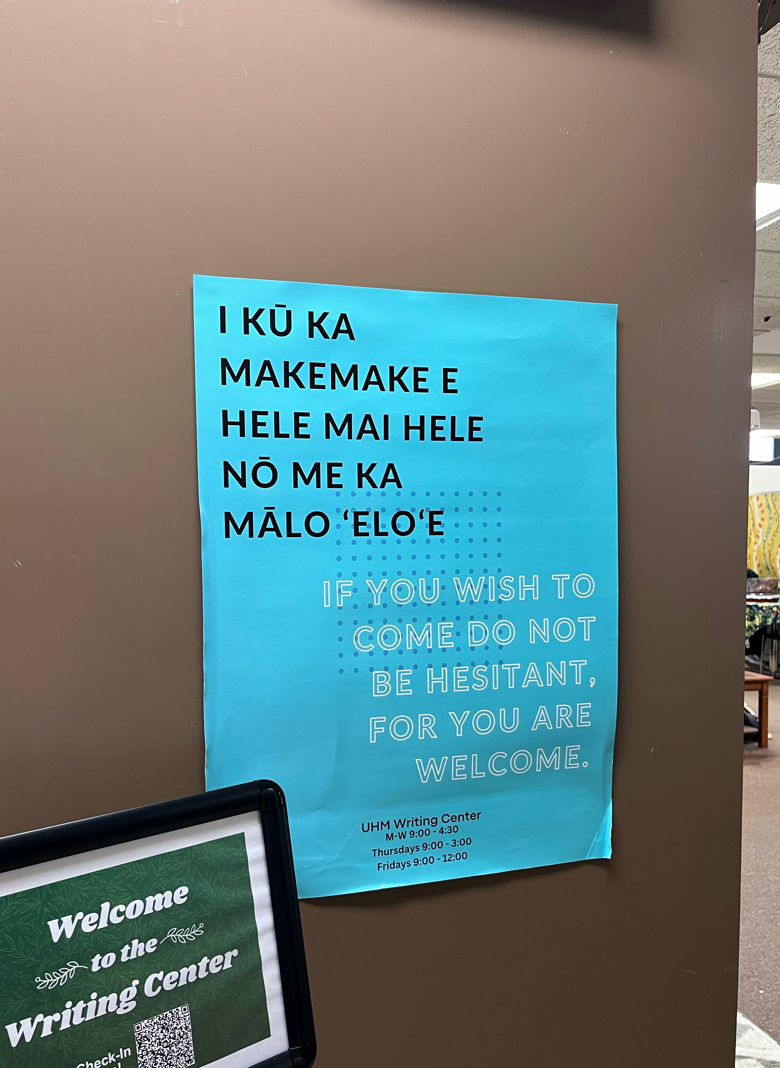
|
148942
|
Nicole P
|
United States
Honolulu
|
|
|
—
|
Multilingual Hawaiʻi
|
|
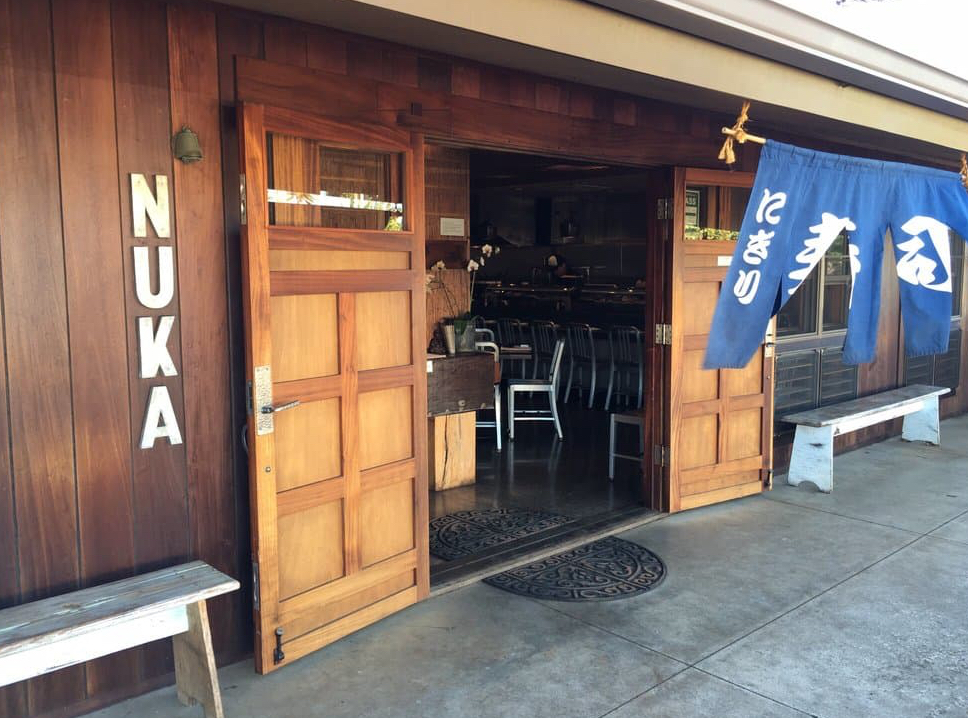
|
149051
|
morenadanti
|
United States
Haiku-Pauwela
|
|
|
When I went to Nuka in Maui, I noticed right away how the sign uses Japanese writing along with English. Being there in person made me realize how normal multilingualism is in Hawaiʻi. I usually walk past signs without thinking, but this time I actually paid attention to the languages being used. Seeing Japanese on the sign made me think about how many visitors and locals speak it, and how the restaurant wants everyone to feel comfortable. It also showed me that language in public spaces is not just for information it reflects culture, community, and who is included.
|
Multilingual Hawaiʻi
|
|
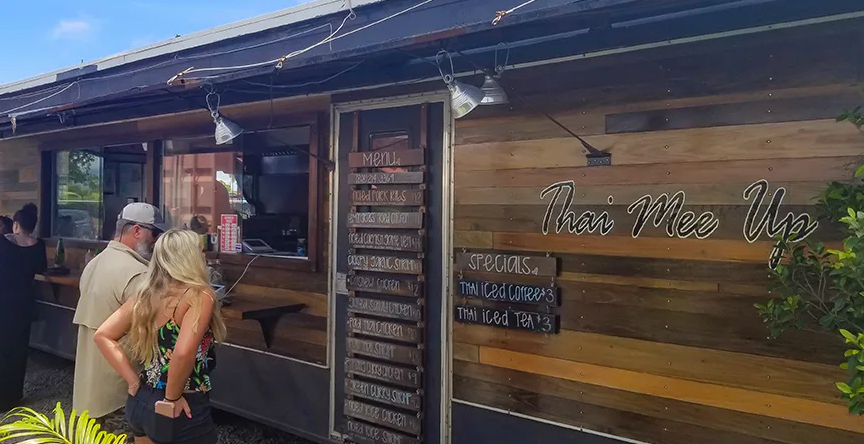
|
149052
|
morenadanti
|
United States
Kihei
|
|
|
When I went to Thai Mee Up in the Kihei location the first thing I noticed was the Thai writing on the food truck. I eaten there before, but I never really stopped to look at the language on the sign. Seeing the Thai script made me think about how many different cultures and languages are part of everyday life in Hawaiʻi. Even something as simple as a food truck becomes a multilingual space. Being there made me pay more attention to how language shows identity, culture, and community, especially in a place as diverse as Maui.
|
Multilingual Hawaiʻi
|
|
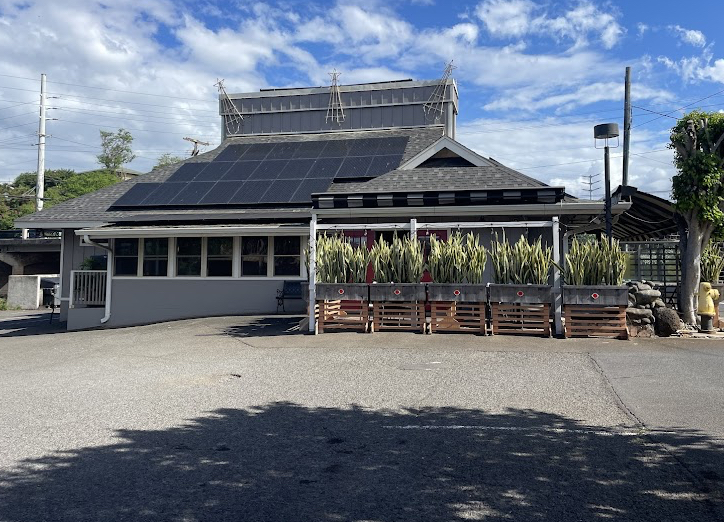
|
149053
|
morenadanti
|
United States
Wailuku
|
|
|
When I took this picture at Pho Saigon in Wailuku, I noticed how the sign and menu include Vietnamese words that I usually don’t pay attention to. Being there made me realize how many languages are around us in Maui without us even thinking about it. The Vietnamese writing shows how important this restaurant is for the local Vietnamese community and anyone who enjoys their food. It also made me think about how language connects people to their culture, even far from home. Seeing Vietnamese used so naturally in public helped me understand how multilingual Hawaiʻi really is.
|
Multilingual Hawaiʻi
|
|
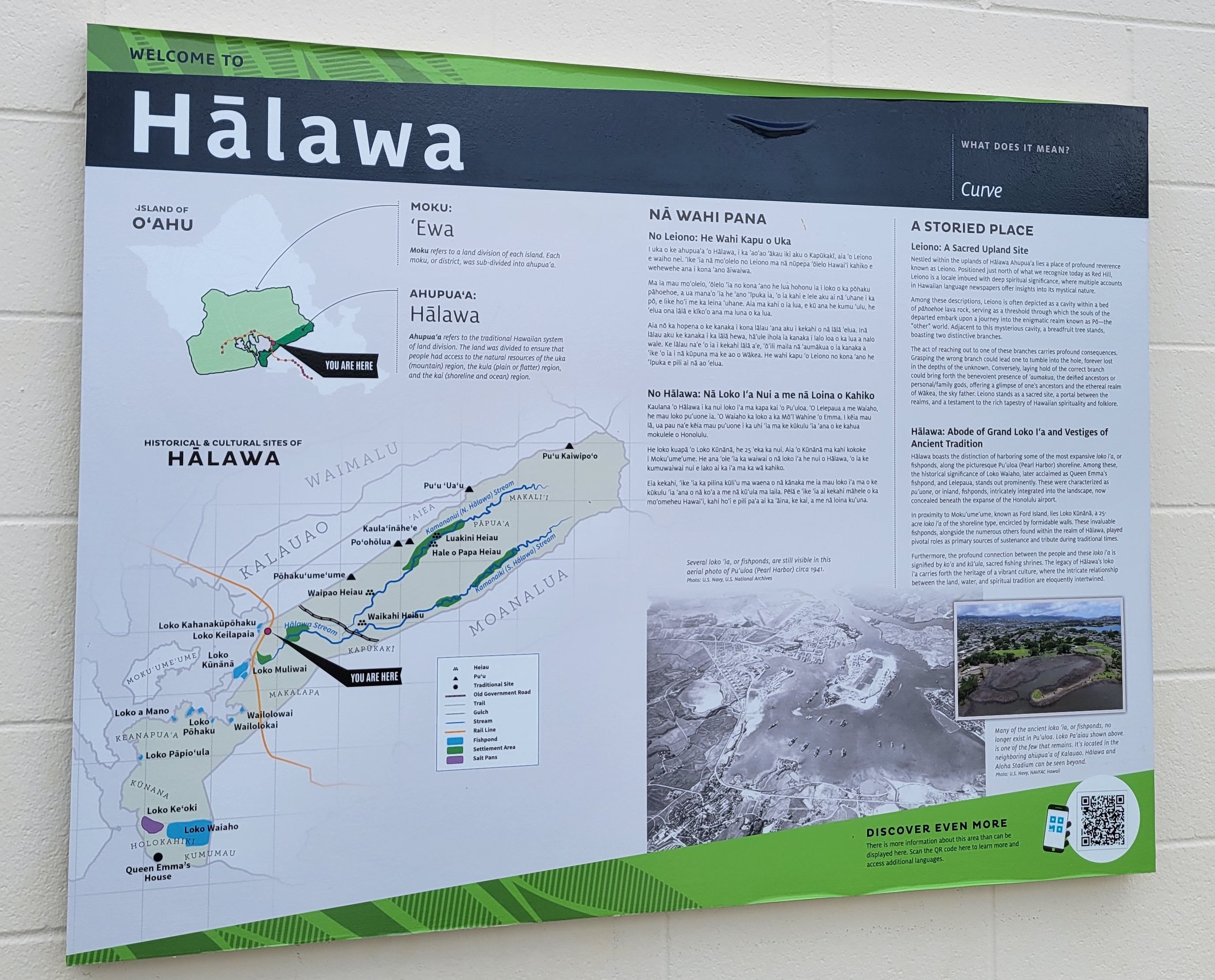
|
118144
|
kyp
|
United States
Halawa
|
|
|
—
|
Multilingual Hawaiʻi
|
|